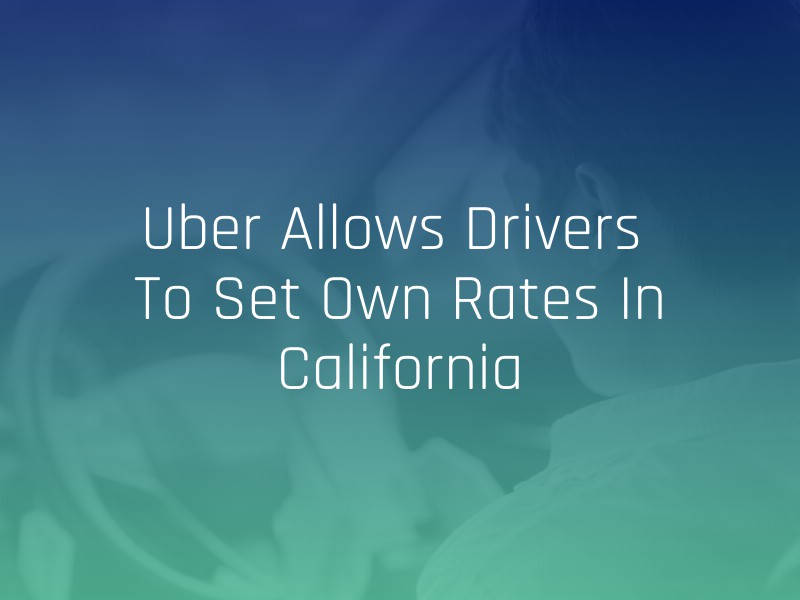For years, Rideshare and Lyft have employed their drivers as independent contractors, allowing these companies to rely on a workforce without providing benefits required under employee designations and to limit their liability in lawsuits and insurance claims involving these individuals.
However, California’s new AB-5 law, which came into effect at the beginning of 2020, is changing the rules for contractors and the business models of these rideshare giants — leading to major changes. Under this new law, Rideshare is changing its platform to allow some drivers to set their own fares when they drive.
With additional safety concerns taking place outside of The Rideshare’s rate system, it is unclear whether this decision will exacerbate these tensions. Rideshare drivers and passengers alike should take necessary steps to stay safe while using this platform, and contact a rideshare attorney as soon as possible if an issue arises.
What Is AB-5?
California Assembly Bill 5, also known as the gig worker’s bill, is a piece of legislation that requires companies to undergo a three-prong test before designating a worker as an independent contractor. The purpose of this bill is to push companies who rely on contractor work, like Rideshare or Lyft, to reclassify these individuals as employees and provide these workers with certain employee benefits and rights.
Under this bill, the law assumes that all workers are employees unless the company can prove the following three factors.
- First, the company must prove that the worker is free to perform the services that the company is hiring him or her to complete without the company controlling or directing this work.
- Next, the company must prove that the worker is performing tasks outside of the scope of the business’s regular activities.
- Finally, the company must prove that the worker is customarily engaged in an independently established business practice, occupation, or trade of the same nature as he or she performs for the company.
The Rideshare’s Response to AB-5
Because The Rideshare’s business model relies heavily on independent contractors, reclassifying drivers as employees would cost the company a significant amount of money. In response to AB-5, the company had to establish new rules to keep the independent contractor designation for its California drivers — including an updated fare system.
With this new fare system, Rideshare will allow drivers to choose how the app will price a ride. Rideshare currently uses a market price system to calculate its current fares, and drivers can either choose to price their rides based on a multiple of the time, distance, and base rates, or choose to set the pricing of their rides themselves.
Rideshare also announced that it will also make the following changes to comply with AB-5 and to offer its drivers greater flexibility on the platform.
- Rideshare will provide more detailed information about a trip to drivers before they accept a ride, including the earnings they would make off the ride after Rideshare takes a portion of the funds and the amount they earn for each Pool user.
- Rideshare drivers in California can decline as many rides as they choose to, without penalty to their driver cancellation rate and their RidesharePro status.
- Rideshare passengers may soon be able to mark certain drivers as favorites, allowing drivers to earn repeat clients.
- Rideshare will lower the service fee it claims on rides, capping it at 25% of the total cost.
What Will Change Under The Rideshare’s New Fare System?
Rideshare is planning to test the updated fare system in select markets before expanding to larger areas. Depending on where you live, who you ride with, and when you choose to use the Rideshare app, it is likely that you may see changes in your Rideshare ride’s pricing.
While this new rate system may allow Rideshare to comply with AB5 regulations, some concerns remain. Passengers may find themselves paying more than usual for their regular rides, which may lead to conflict between them and the driver inside a Rideshare vehicle.
With additional safety concerns taking place outside of The Rideshare’s rate system, it is unclear whether this decision will exacerbate these tensions. Rideshare drivers and passengers alike should take necessary steps to stay safe while using this platform, and contact a rideshare attorney as soon as possible if an issue arises.

